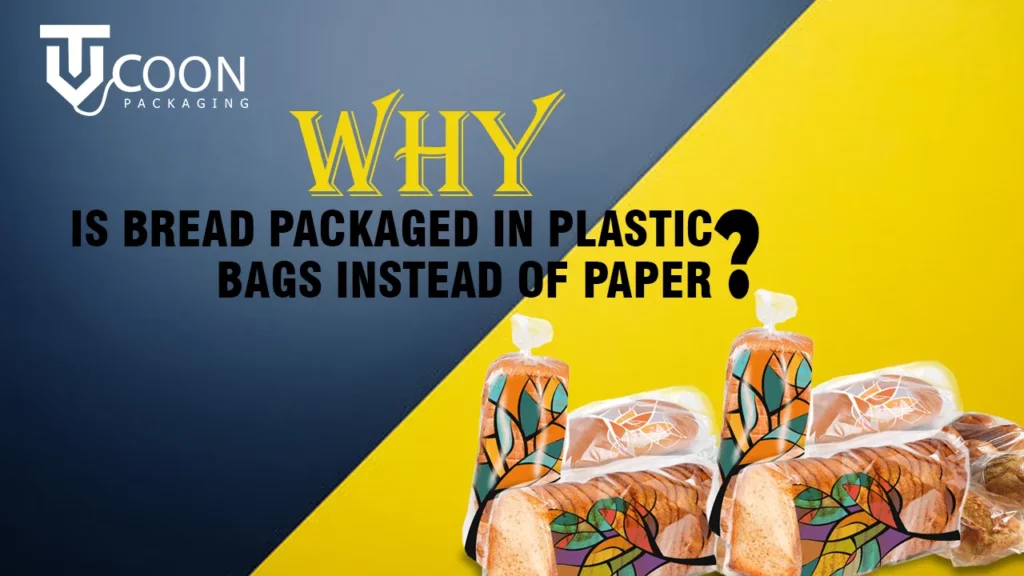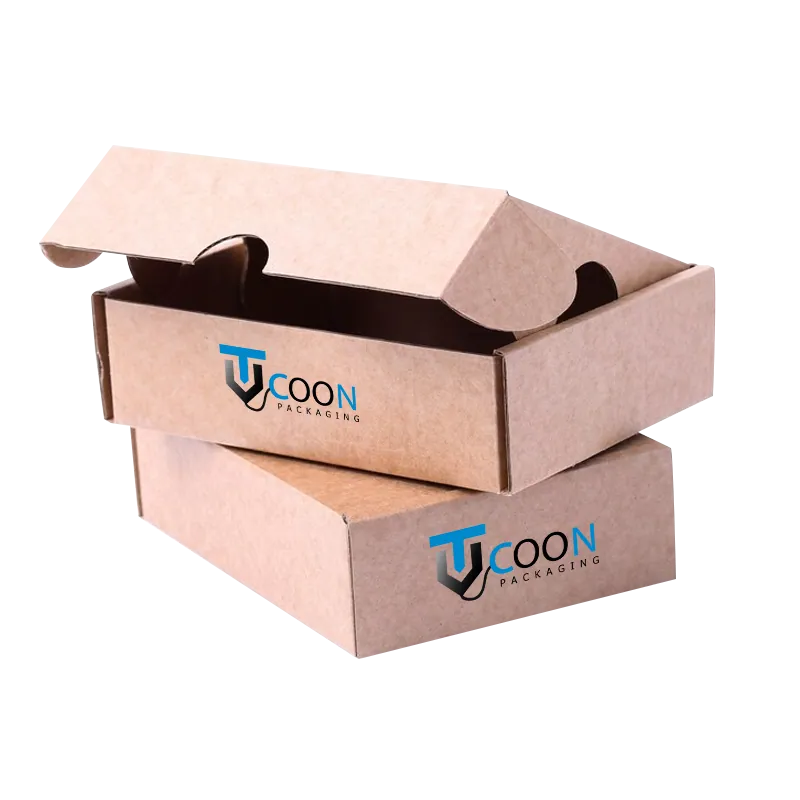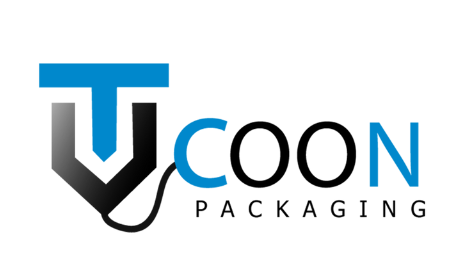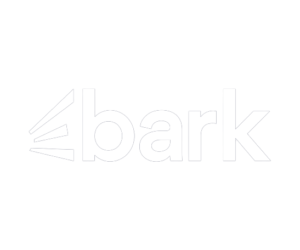It’s no secret that the way we package our food has a huge impact on our health and the environment. But what may come as a surprise is just how much difference packaging can make, especially when it comes to something as staple as bread.
Most people would probably think that bread would be better packaged in paper bags than plastic ones, but surprisingly enough, this isn’t always the case. In this article, we’ll take a look at some of the pros and cons of different types of food packaging materials, and hopefully, by the end, you’ll have a better understanding of which one is right for you.
What Is The Difference Between Paper And Plastic Bags For Food Packaging
There are a few different options to choose from when it comes to food packaging. Paper, plastic, and glass are the most common materials used to store and package food. Each material has its own set of pros and cons, so it can be challenging to decide which is the best option for your needs.
One of the main advantages of paper bags is that they are biodegradable. This means that they will decompose over time and leave any harmful toxins behind. Paper bags are also a more affordable option than plastic bags, and they don’t take up as much space as glass containers. However, paper bags can be less durable than plastic bags, and they aren’t as moisture-resistant.
In contrast, plastic bags can be very durable and moisture-resistant. Since they are made from polymers, the molecules within a plastic bag are tightly packed together. This helps to prevent water or food from seeping into the packaging. Plastic bags also have a longer shelf life than paper bags. Unfortunately, one of the most significant disadvantages of using plastic bags is that they may release toxic particles into the environment when they degrade. There have been many cases where animals have mistaken a plastic bag for food and then suffered from severe health problems after ingesting it.
The Benefits Of Each Type Of Material
Several types of materials can be used for food packaging industry, but each one has its own set of benefits.
Glass is a sturdy material that does not allow air or bacteria to seep in, making it a good option for delicate packaging items such as cake or bread. It is also easy to clean and can be reused multiple times. However, glass is heavy and expensive to produce, so it is not always the best option for food packaging.
Plastic is a popular choice for food and beverage packaging because it is lightweight and relatively inexpensive to produce. It also doesn’t allow air or bacteria to seep in, making it a safe option for storing food. However, plastic can be challenging to clean and recycle, but it can also break down over time.
Paper is lightweight and relatively inexpensive to produce. It’s not as sturdy or cleanable as glass or plastic, though it does allow for some recycling. Paper products are often considered more eco-friendly than other options because they are biodegradable. However, paper is easily damaged.
Each type of material has benefits that make it seem the best choice. However, this is not always the case. You can’t always judge a material by its cover.
The Problems With Each Type Of Material
As previously mentioned, glass is sturdy and does not allow air or bacteria to seep in, but it can be cumbersome and is expensive to produce. Plastic is a good option for packaging food because it is lightweight and doesn’t allow air or bacteria, but it can be more challenging to clean than glass. Furthermore, our reliance on plastic may lead to problems such as over-packaging of items which causes excess trash that ends up sitting in landfills. Paper is lightweight and can allow recycling, but it is easily damaged and does not have the same protective qualities as the other options.
The Best Material For Food Packaging
In conclusion, while each type of material has its benefits and drawbacks, no single material seems to be a clear winner when it comes to protecting what we eat. In the end, the best material for food packaging is whichever one that allows consumers to quickly obtain their desired food product while also protecting it from damage.
How To Choose The Best Type Of Food Packaging Material For Your Needs
When it comes to food packaging, there are a few things you need to consider before making a decision. The first thing to consider is the safety of the food. You want to make sure that whatever material you choose will protect the food from outside contaminants and keep it fresh.
Another important factor is convenience. How easy is it to use the packaging? Is it difficult to open, or does it require special tools? And finally, you should consider the cost. Some materials are more expensive than others.
So, which type of food packaging is best for your needs? It depends on what’s most important to you. If safety is your top priority, the glass would be the best option. But if you want a convenient food packaging option, consider going with plastic. You might want to consider one more choice, and that’s paper.
What Type Of Bread Is Packaged In Plastic Bags?
When deciding which material is best for your food storage needs, you also need to decide what type of food it will be. Will the food be cardboard, bread, milk? Not all cardboard is the same. For example, some types of plastic are better at packaging liquids, while others are better for solid foods.
Conclusion
Food packaging is very important in modern society. The food we purchase in stores significantly influences our health and well-being. One fundamental question that arises from this is: which material is the best for food packaging? Some people would say glass, while others might prefer plastic, but paper can also be a good option if you want to save money.
=>What type of bread is packaged in plastic bags? When deciding which material is best for your food storage needs, you also need to decide what type of food it will be. Will the food be cardboard, bread, milk? Not all cardboard is the same. For example, some types of plastic are better at packaging liquids, while others are better for solid foods.






